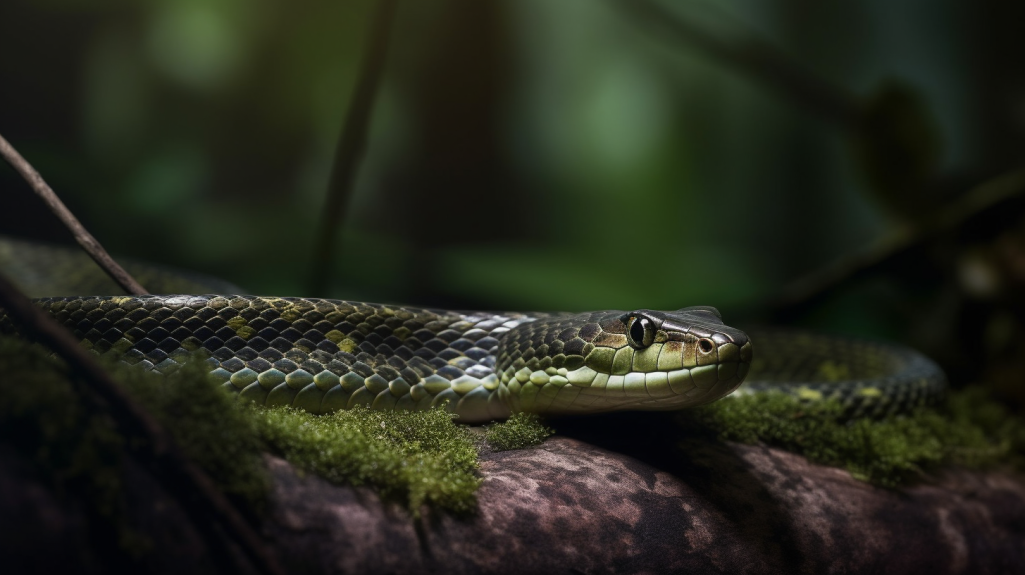Encountering a snake and getting bitten can be a frightening experience, but it’s crucial to remain calm and act swiftly. Snakes play a significant role in our ecosystem, and most of them are not venomous. However, it’s essential to be prepared and knowledgeable about the proper steps to take in the event of a snake bite. This article will outline the necessary measures to ensure proper care and safety after a snake bite.
Stay Calm and Safe
The first and most crucial step after a snake bite is to stay as calm and composed as possible. Panicking can elevate your heart rate, which in turn can spread the venom more quickly through your body. Immediately move away from the snake to prevent further bites and keep still to slow down the spread of venom in your system.
Identify the Snake
If it’s safe to do so, try to remember the snake’s color, shape, and size. However, do not waste precious time attempting to catch or kill the snake. This information can be helpful for medical professionals to administer the correct antivenom, but it is not essential for immediate first aid.
Remove Tight Clothing and Accessories
Remove any tight clothing, jewelry, or accessories near the bite area. Snake bites often lead to swelling, and removing constrictive items can prevent complications as the affected area swells.
Keep the Bite Area Below Heart Level
If possible, keep the bite area below the level of the heart. This can help slow down the spread of venom through the bloodstream. However, avoid tying a tourniquet or applying ice to the wound, as these methods can do more harm than good.
Cleanse the Bite Area
Gently clean the bite area with soap and water, but do not apply ice or a cold compress. Use a clean cloth or bandage to cover the wound, keeping it clean to prevent infection.
Seek Medical Attention Immediately
Regardless of whether you think the snake is venomous or not, it is crucial to seek medical attention immediately. Call emergency services or have someone drive you to the nearest hospital. Medical professionals will be able to assess the bite, identify the type of snake if possible, and administer the appropriate antivenom.
Do Not
- Do not cut the wound or attempt to suck out the venom. These methods are ineffective and can cause further damage.
- Do not apply a tourniquet or ice. These can worsen the effects of the venom and damage the surrounding tissues.
- Do not consume alcohol or caffeine. These substances can speed up the body’s absorption of venom.
Prevention is Key
While knowing how to respond to a snake bite is essential, it’s equally important to take preventive measures. Be aware of your surroundings, especially when hiking or spending time in areas where snakes are known to inhabit. Wear appropriate clothing, such as long pants and boots, and avoid reaching into areas where you cannot see clearly.
Conclusion
Encountering a snake and being bitten is undoubtedly a frightening experience, but with the right knowledge and prompt action, the chances of a full recovery are significantly improved. Stay calm, remove constrictive items, clean the wound, and seek medical attention immediately. Remember, prevention is key; being aware of your surroundings and taking necessary precautions can go a long way in ensuring your safety when exploring snake-prone areas.
